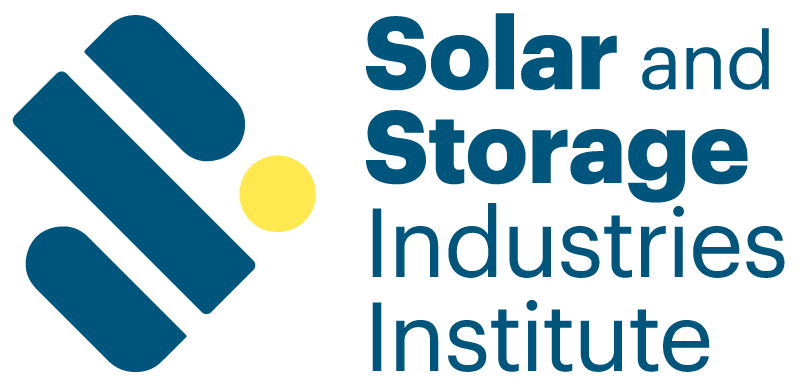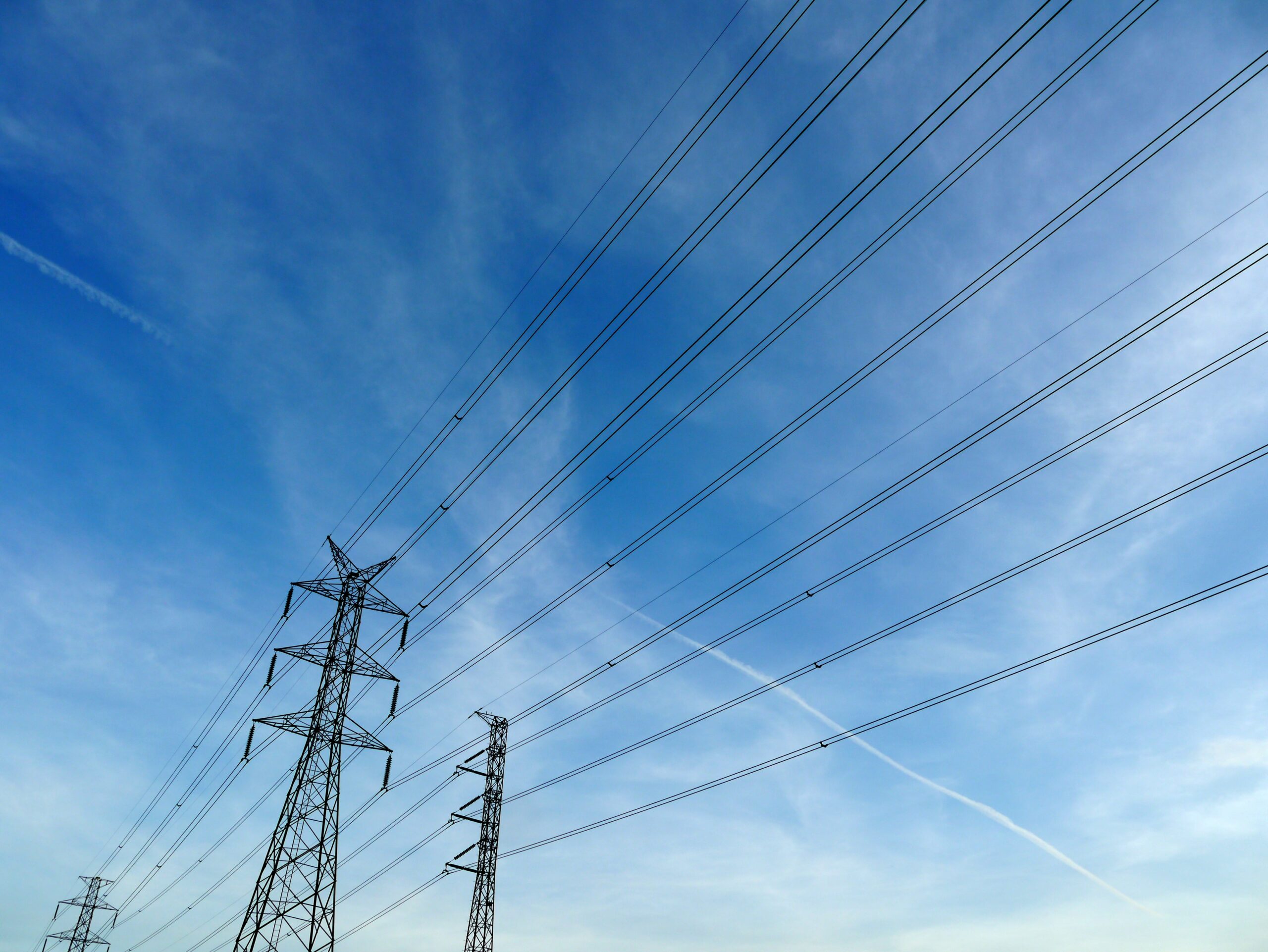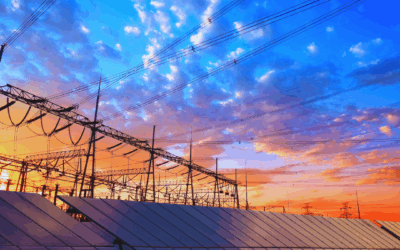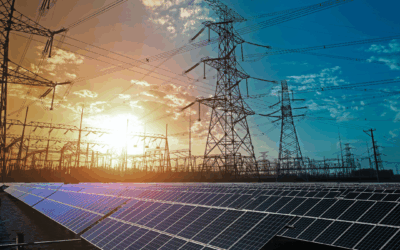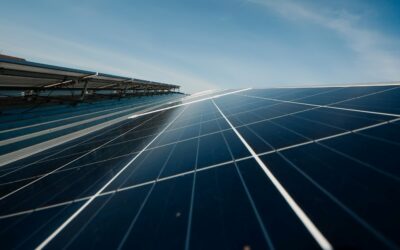After two decades of stagnant growth in electricity demand, the landscape is changing. Energy demand is set to rise significantly, with the North American Electric Reliability Corporation (NERC) projecting aggregate electricity load growth to double from 0.6% per year as projected in recent years to about 1.1% per year over the next decade. This shift in electricity demand is being driven by a number of factors, like the rapid deployment of new data centers to power AI applications, addition of electrification from transportation and household appliances, growth of domestic manufacturing, and increased cooling loads spurred by climate change.
Increasing Energy Demand Is a New Challenge
Rising electricity demand creates challenges for utilities, who need to assess how electricity demand will change in the future and then build or acquire the resources needed to meet that demand. Failing to plan adequately for increasing load can have serious implications for utilities and ratepayers.
In response to faster-than-expected energy demand growth, some utilities are choosing to delay the retirement of dated fossil plants, which exacerbates climate impacts, creates health challenges for local communities and slows progress towards state and federal climate goals. However, shutting these plants down on schedule without the acquisition of additional generation resources also poses challenges, particularly around grid stability and resiliency.
Are Utilities Adequately Planning for the Future?
To better understand how well utilities are planning for the future, the Solar and Storage Industries Institute compared utility’s forecasts of future electricity growth in their territories to national-level forecasts representing two scenarios: a conservative, business-as-usual case, and a high-electricity demand case. Of the 25 utilities with available data that we assessed, all but four are projecting demand growth below the rate of growth in the high-electricity demand case. In fact, 3 of the 25 utilities profiled are forecasting growth rates lower than the conservative business-as-usual case. This difference in projections shows that utilities may be at risk of falling short of future electrical demand.
If the high-electrification scenario becomes a reality across all territories, these utilities could be facing a combined annual shortfall of 26% by 2040, equivalent to the electricity needed to power 29 million homes.
What is a Utility to do?
Utilities who ultimately under forecast electricity demand must move quickly to ensure they are serving the needs of their customers along with state and federal regulators. In most cases, the planning and construction of a new large-scale electricity plant of any type (fossil or renewable) will take years to plan and construct and cannot be completed in time to meet more immediate needs.
Fortunately, utilities have hundreds of thousands of potential mini power plant sites in their territories to address this challenge. Distributed energy resources (DERs) like rooftop solar can be deployed quickly and efficiently in every part of the country. In fact, over 1,100 gigawatts of potential rooftop solar capacity exists in the U.S., roughly equivalent to the combined capacity of all power plants in the U.S. These systems address climate goals, and when built at scale and paired with storage and smart inverters, can meaningfully replicate many of the services that large generators provide. DERs can also be rapidly and strategically deployed to areas of strain on the grid, helping to offset the need for costly transmission upgrades.
Enabling Distributed Resources
To fully leverage the potential of DERs, states and localities must ensure that they have policy frameworks in place. At a minimum this means allowing for the existence of a rooftop solar market and ideally encouraging deployment of rooftop solar and other DERs through incentives and other programs. While legislative action can create tax incentives and address barriers around interconnection and permitting, public utility commissions can help incentivize rooftop solar and other DERs through rate design. Well-crafted policies would further incentivize deployment in areas of greatest grid-need.
Setting Utilities Up for Success
Utilities face a myriad of challenges related to climate change and the broader energy transition. While some of these challenges are waiting for the right technological solution, distributed resources like rooftop solar and storage stand ready to address rapid changes in demand growth. Policymakers just need to ensure that they’ve provided utilities with the right tools for the job.
